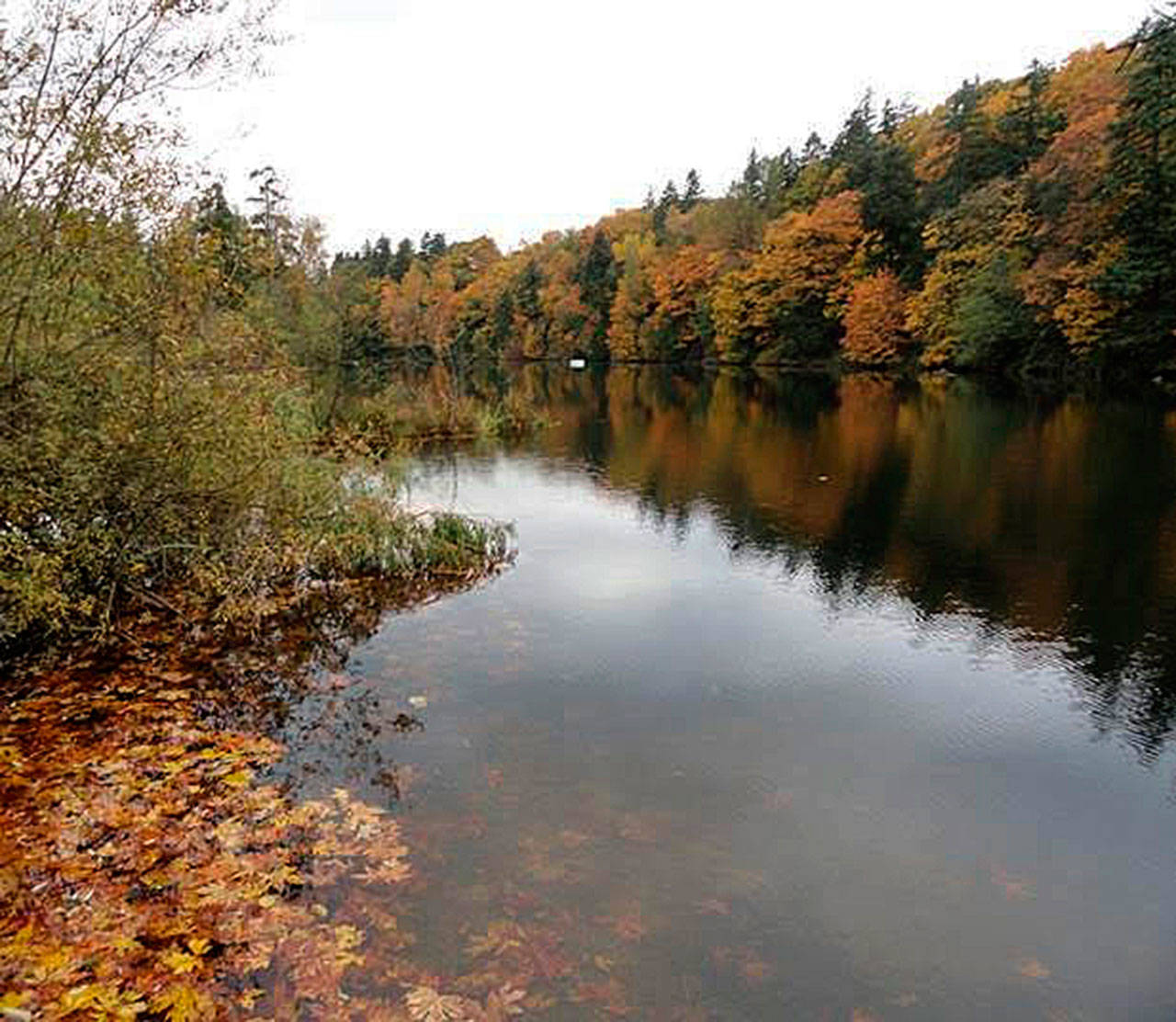The city of Kent needs to do a better job to preserve and grow trees in parks and open spaces.
That’s the message parks staff told the City Council. The formation of a urban forestry program could be part of the solution.
”If we want Kent to be healthier, happier and a more equitable, we must invest in urban forestry,” Deputy Parks Director Brian Levenhagen said during a Nov. 19 council workshop. “Not doing so means we will continue to lose it. We’ve seen the trend with what has happened to our forests.”
Staff manages over 1,080 acres of parks and open space, including thousands of trees. Two parks interns are in the middle of compiling an inventory of trees in city parks and open spaces, using a software program that tracks the number, type, condition and location of the trees.
So far, about 6,000 trees have been counted. City staff expects to have a full report by March, with rough estimates for how many trees are in large parks such as Clark Lake Park and Mill Creek Canyon Earthworks Park. Other parks the interns gathered exact numbers, such as 805 trees at Park Orchard Park, 11058 SE 230th St.
“What remains is precious and we have to care for it,” said Garin Lee, parks operations superintendent, to the council. “We can’t expect it to survive on its own.”
Trees need to be nurtured, watered, pruned and maintained, Lee said. It takes a plan and more staff to maintain so many trees.
“We need to look at a urban forestry program to restore and preserve trees in the parks,” said Lee, who added a plan will help establish best management practices and tree protection in urbanized areas.
Other cities have urban forestry programs or plans, including Seattle, Renton, Covington, Bellevue, Kirkland, Olympia, Tacoma, Spokane and Vancouver.
City of Kent parks staff plans to return to the council in the spring with more details about a urban forestry program and make funding requests for the 2021-2022 biennium budget. Besides additional employees, parks staff also is looking to possibly bring back the city’s Green Kent Steward program where volunteers helped to restore and maintain natural areas. The council cut the program a couple of years ago to save money on staffing.
“Green Kent was a great program,” Levenhagen said. “We would love to bring it back, but it needs to come back with resources.”
One way to raise funds could be a in-lieu fee for developers that if they cannot save trees where they are building they must pay a fee for the city to use on trees elsewhere.
Councilmember Marli Larimer asked staff if the tree inventory would cover greenbelts not owned by the city. Lee said trees on private property would not be counted. Councilmember Brenda Fincher asked that street trees overseen by Public Works also be counted.
“We need information for street trees as well as parks trees so that we get a true picture of the health of our trees,” Fincher said.
Fincher said she liked the idea Levenhagen presented about a heritage tree protection program to save old, but healthy trees in the city.
“There are trees we need to celebrate, and a heritage tree program would shine a light on them,” Levenhagen said.
Levenhagen spent the first part of the presentation talking about the benefits of trees in city parks and open spaces, not only for people seeking shade or children wanting to play on them, but the ecological impacts.
A single Douglas fir can provide stormwater retention, energy conservation, pollution removal and wildlife habitat. He looked at the website treebenefits.com to break down specifics.
A Douglas fir with a 12-inch diameter can intercept 2,172 gallons of stormwater per year, save 59 kilowatt hours as it reduces wind and lowers temperatures and absorb ozone, nitrogen dioxide, sulfur dioxide as well as intercept dust, ash and smoke. A tree also provides a place for birds to nest.
The King County Flood Control District and the city are planting more and more trees along the Green River to provide shade to lower the temperature in the water to help more fish survive, Levenhagen said.
“One tree can make a pretty big impact,” Levenhagen said.
Council President Bill Boyce agreed with the need for a urban forestry program.
“This is a huge need and we need the financial piece to go with it,” Boyce said.
Talk to us
Please share your story tips by emailing editor@kentreporter.com.
To share your opinion for publication, submit a letter through our website https://www.kentreporter.com/submit-letter/. Include your name, address and daytime phone number. (We’ll only publish your name and hometown.) Please keep letters to 300 words or less.

